Every morning, we unscrewed the tap, clear tap water will flow out. But have you ever thought, this looks quite clean water, really can drink directly at ease? Before discussing this issue, let's first understand how tap water is produced. Tap water is generally taken from rivers, lakes or groundwater, after precipitation, filtration, disinfection of these complex processing steps, the water impurities, micro-organisms and harmful substances are removed, to meet the national drinking water standards, only through the pipeline network to each of our homes.

However, even if the factory when the water quality is qualified, tap water in the transport process will still encounter a lot of problems. Water supply pipes in old neighbourhoods, many of which have been in use for years or even decades, are rusted to the point of no return, with thick scales. Water flowing inside, rust, dirt will be mixed in, the original clear water becomes yellow and cloudy. High-rise residential secondary water supply facilities, such as water tanks, water towers, if not regularly cleaned and disinfected, it is particularly easy to become bacteria, algae breeding place, there may be a foreign body mixed in, the threat to the safety of water quality can be a big one. The water quality is a big threat to water safety,
Also, the residual chlorine in the water should not be underestimated. In order to effectively kill bacteria and viruses in the water, the water treatment plant will generally add chlorine disinfectant. The right amount of residual chlorine can ensure that the water is safe, but if the level is too high, the water will have a pungent flavour, and if you drink it for a long period of time, it may also be potentially harmful to your health.
Water purifier on the scene: the family drinking water ‘superhero’
In the face of these potential pitfalls of tap water, there is no way to let us drink really safe water? The answer is a water purifier, it is like a silent protection of our ‘superhero’, to our family drinking water safety to build a strong line of defence. There are so many types of water purifiers on the market that you can see them all. Among them, ultrafiltration water purifier and reverse osmosis water purifier are two of the more common.
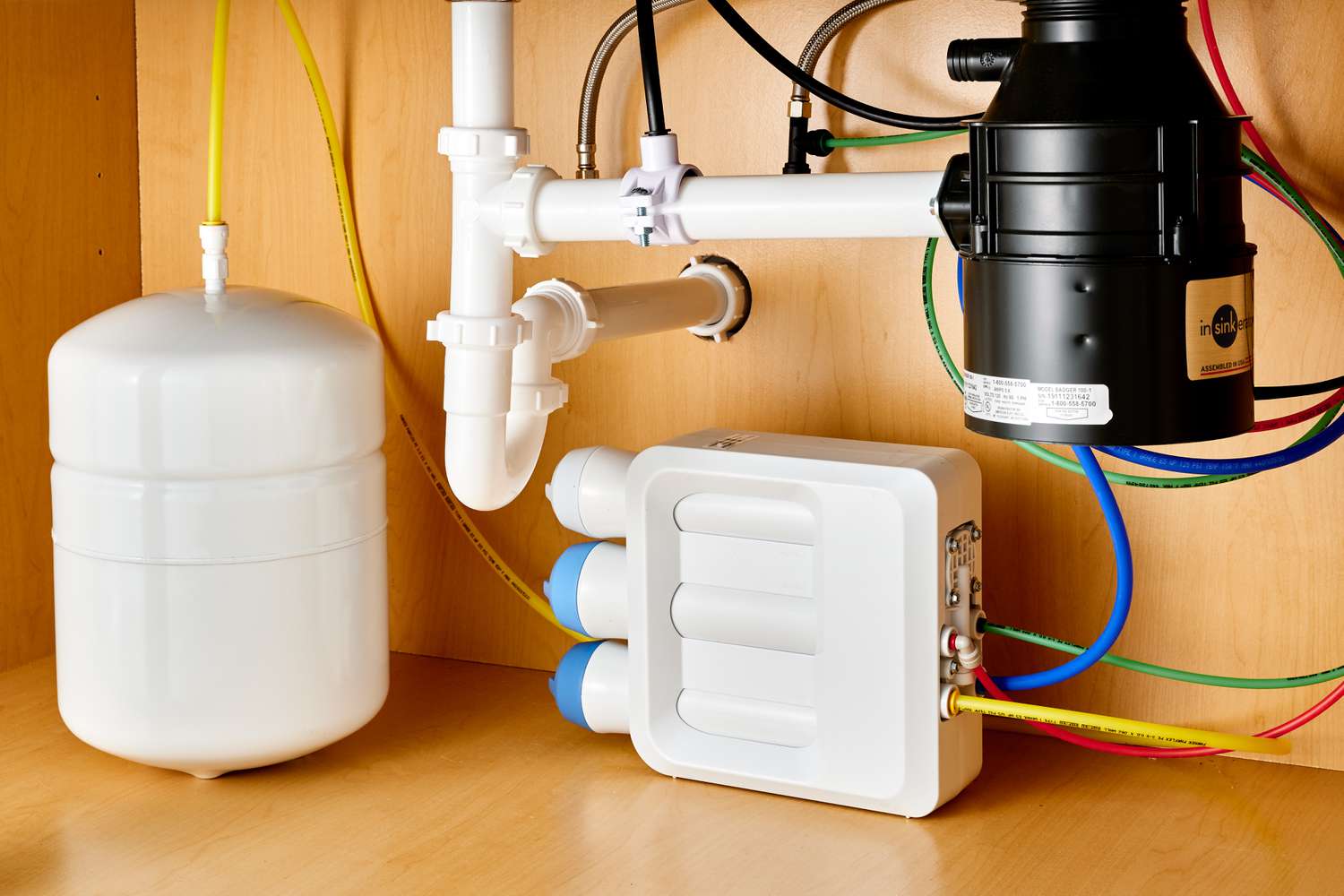
Ultrafiltration water purifier, like a particularly fine sieve, its core component ultrafiltration membrane pore size of about 0.01 microns. When the tap water flows through it, bacteria, viruses, colloids and macromolecular organic matter these ‘little monsters’ will be blocked, but the beneficial minerals and trace elements can pass through smoothly, stay in the purified water, to meet the basic needs of our daily healthy drinking water.
Reverse osmosis water purifier filtration capacity is even more awesome, simply ‘the ultimate purification guard’. Its reverse osmosis membrane aperture is particularly small, only 0.0001 microns, which means that not only bacteria, viruses can not run away, even heavy metal ions, dissolved salts of these fine impurities can be filtered out, the output of the water is almost the same with the pure water, water purity is super-high, especially suitable for those who have high requirements for water quality, the water source is more seriously contaminated areas of the family with.
The magical purification journey of water purifier
(A) impurity removal, restore the pure essence of water
PP cotton filter of water purifier, that is the ‘nemesis’ of large particles of impurities. Its filtration accuracy is generally between 1 - 100 microns, like a fine sieve, tap water rushed through, sediment, rust, suspended particles of these large particles of impurities will be successfully intercepted. Think about it, if these impurities are not blocked, long-term into our bodies, as if buried in the body of a ‘time bomb’, may cause a variety of health problems. Moreover, they can also damage home appliances, such as blocking the pipes of the water heater, making it less efficient in heating and shortening its service life; the water inlet valve of the washing machine is also easy to be blocked, affecting the effect of laundry. With the protection of PP cotton filter, all these troubles are gone.
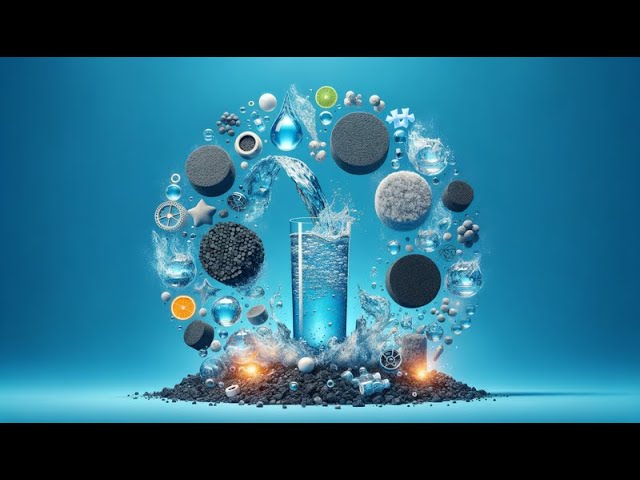
(B) strong adsorption, odour and residual chlorine have nowhere to hide
activated carbon cartridge is the ‘odour adsorption master’ in the water purifier. It relies on its own developed pore structure and large surface area to initiate strong adsorption of odours and residual chlorine in the water. The bleach smell in the water is mainly because of residual chlorine, and activated carbon is like a super powerful ‘odour-absorbing sponge’ that can suck these odour molecules tightly. Residual chlorine this thing, look inconspicuous, in fact, hidden potential harm it. It and the organic matter in the water together, it may produce trihalomethanes, haloacetic acid these carcinogenic substances, long-term drinking water containing these substances, the risk of cancer will increase. Moreover, residual chlorine can also irritate our skin and respiratory tract, making the skin dry and sensitive and the respiratory tract uncomfortable. The presence of activated carbon filter, greatly reducing the residual chlorine content, to our health to get rid of a big hidden danger.
(C) bacteria and viruses are intercepted, the health defence line is impregnable
ultrafiltration membrane or reverse osmosis membrane, that is definitely the ‘ultimate line of defence’ of the water purifier, is responsible for intercepting bacteria, viruses and other micro-organisms important task. Ultrafiltration membrane pore size of about 0.01 microns, can effectively block bacteria, colloids and macromolecular organic matter, but will allow the beneficial minerals and trace elements through the human body, retaining the natural nutrients in the water, the output of the water taste sweet, daily drinking, cooking are very suitable.
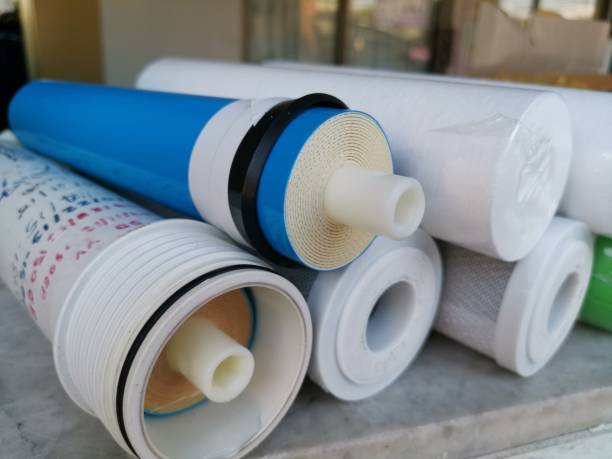
Reverse osmosis membrane pore size is as small as 0.0001 microns, this precision is simply absolute, can bacteria, viruses, heavy metal ions, dissolved salts and other almost all the impurities are blocked outside, the output of the water purity is ultra-high, like a fine purification, especially suitable for the water quality requirements of the situation, such as the brewing of infant formula, medical and scientific research use. However, because it is filtering impurities, but also the water will be removed minerals, long-term drink may have to be supplemented by other ways of minerals.
(D) Limescale Terminator, say goodbye to the ‘White Trouble’
In hard water areas, limescale can be a really big “trouble”, but a water purifier is a ‘great tool’ to solve this problem. Ion exchange resin as the core component of the water purifier, through the ion exchange reaction, the calcium and magnesium ions in the water and the sodium ions on the resin exchange, so as to reduce the hardness of the water, reduce scale generation. Reverse osmosis water purifier is even more powerful, with its strong filtration capacity, directly to the calcium and magnesium ions and other limescale components filtered out, from the root to solve the problem of limescale.
Limescale is something that not only affects the living experience, but also brings a bunch of trouble. It will form a thick layer of white stuff on the inner wall of kettle and cup, which is particularly difficult to clean; it will also block the pipes, make the water flow smaller, and even break the pipes; it will pile up in water heaters, wall-hanging stoves and other heating equipments, which will reduce the heat transfer efficiency, increase the energy consumption, and shorten the service life of the equipments. With the effective treatment of limescale by water purifiers, all these problems can be solved, making life with water smoother and more secure.
Personalised choice of water purifier in different scenarios
(1) The lightweight choice for renters: faucet water purifier
For those who rent a room, moving often is the norm, and it is unrealistic and costly to buy a large water purifier. At this time, small, convenient, easy to install faucet water purifier is the ideal choice. It is particularly simple to install, do not need to find a professional, you can easily handle. As long as it is installed directly on the kitchen faucet, a simple connection is fixed, you can immediately use it. Faucet water purifier is generally equipped with a variety of adaptive connectors, whether it is a common threaded interface, or some special styles of faucets, you can find the right connection, easy and faucet perfect fit. Don't look at its small size, the role is not small, through the PP cotton filter and activated carbon filter, can effectively filter the water sediment, rust, residual chlorine and other impurities, remove odours, improve the quality of water, to meet our daily simple water needs, such as washing vegetables, panning rice, boiling water are not a problem, to bring peace of mind to the life of the rental housing. Moreover, it is not expensive, even if the budget is limited, there will not be too much financial pressure. When you move out, you can easily take it with you and start your next rental life with it.

(2) Water Supply Security for Large Families: Central Water Purifier
If your household has many members, high water consumption, and diverse water usage scenarios—from cooking and dishwashing in the kitchen, to personal hygiene and bathing in the bathroom, to laundry in the laundry room—and you have high standards for water quality, then a central water purifier is undoubtedly the best choice. Central water purifiers are typically installed at the main water inlet of a household, acting as a ‘all-in-one guardian’ to uniformly purify and treat water throughout the entire home. They have a high flow rate, capable of meeting the simultaneous water usage needs of multiple water points, ensuring stable water flow without issues like insufficient water pressure or reduced flow. Its filtration system is more complex and efficient, typically using multi-layer filtration technology, such as stainless steel filters, KDF alloy, and activated carbon. This not only effectively removes large particles like sand, rust, and suspended solids but also eliminates harmful substances like residual chlorine, heavy metals, and organic compounds, comprehensively improving water quality. Water purified by the central water purifier is safe for cooking and drinking in the kitchen, ensuring healthy and worry-free meals; bathroom water is softer and more comfortable, gentle on skin and hair; when washing clothes, it reduces fabric wear, keeping clothes brighter and more durable, providing comprehensive water quality assurance for the high-quality lifestyle of a large family.
(3) Pursuing Ultimate Health: High-End Reverse Osmosis Drinking Water Purifiers
For those who have exceptionally high standards for water quality, seek to drink healthy water directly, and even have stringent requirements for the taste and purity of water, high-end reverse osmosis drinking water purifiers are undoubtedly the top choice. These water purifiers utilize advanced reverse osmosis technology, with RO membranes featuring pore sizes as small as 0.0001 microns, capable of filtering out over 99.9% of harmful substances in water, such as bacteria, viruses, heavy metal ions, and dissolved salts. The resulting water is nearly as pure as distilled water, achieving exceptionally high levels of water purity.
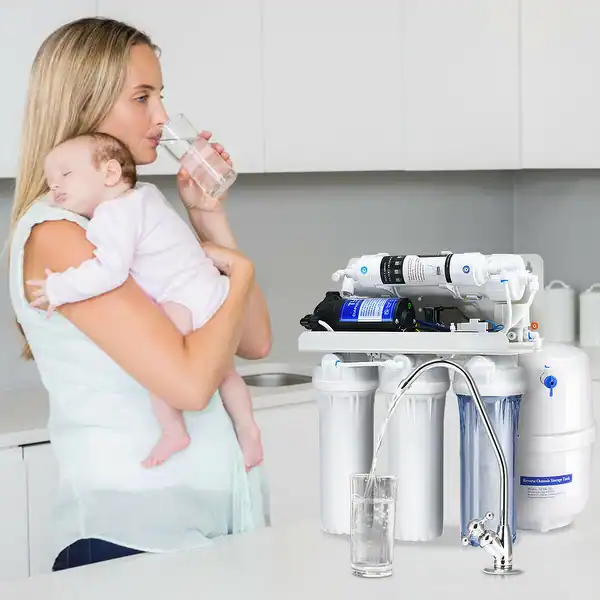
In addition to its powerful filtration capabilities, the high-end reverse osmosis drinking water purifier is equipped with a range of advanced technologies and features. For example, the zero-residual water technology perfectly addresses the issue of high TDS values in the first cup of water from traditional water purifiers, ensuring that every cup of water is fresh, pure, and has a sweet taste. Even the first cup of water in the morning can be drunk directly with peace of mind; The smart connectivity feature allows users to remotely monitor the water purifier's operational status via a mobile app, view water quality data and filter lifespan information in real-time, and remotely control the water purifier according to their needs, such as pre-filtering water in advance, so that they can enjoy clean water upon returning home, experiencing the convenience and intelligence of a healthy drinking water experience.
Water Purifier Selection Guide to Avoid Pitfalls
(1) Filter Cartridges: The “Heart” of the Water Purifier, Not to Be Overlooked
Filter cartridges are the core components of a water purifier, just as important as the heart in the human body. Different types of filter cartridges have varying filtration precision and functions, with varying lifespans. PP cotton filter cartridges are primarily used to intercept large particles such as sand and rust. Due to their high workload, they are prone to clogging and typically have a lifespan of 3–6 months. Activated carbon filter cartridges utilize their highly developed pore structure to effectively adsorb odors, residual chlorine, and certain organic compounds from water, with a lifespan of approximately 6–12 months.
The key filter element in reverse osmosis water purifiers—the reverse osmosis membrane—has extremely high filtration precision, capable of blocking bacteria, viruses, heavy metal ions, and other microscopic impurities. However, over time, impurity buildup can impair filtration efficiency, with a service life of approximately 2–3 years. When selecting a water purifier, in addition to considering the types of filter elements and their filtration performance, the cost and convenience of replacing filter elements are also important factors. Some brands of water purifiers are inexpensive, but the replacement cost of their filters is extremely high, resulting in significant long-term expenses. Additionally, if the filter replacement process is complicated, it can cause considerable inconvenience for users. Therefore, it is recommended to choose a water purifier with reasonable filter replacement costs and simple, convenient replacement procedures. For example, some brands offer quick-release filter designs that allow users to replace filters easily without specialized tools, making them very convenient to use.
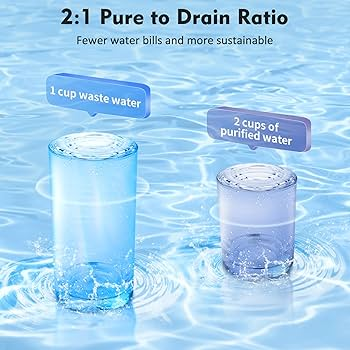
(2) Flow rate and wastewater ratio: The water-saving wisdom behind the data
Flow rate is an important indicator of water purifier performance, typically measured in gallons (G), with common values including 400G, 600G, and 800G. Flow rate refers to the amount of purified water a water purifier can produce in 24 hours. A higher flow rate means faster water output, enabling quicker satisfaction of household water needs. For example, a 400G flow rate water purifier has a flow rate of approximately 1 liter per minute, meaning it takes about 12 seconds to fill a 200ml cup. An 800G flow rate water purifier has a flow rate of approximately 2 liters per minute, meaning it takes only 6 seconds to fill the same cup, saving significant waiting time. This is particularly suitable for households with multiple occupants and high water demand.
The wastewater ratio refers to the proportion of pure water to wastewater produced by the water purifier during water production. In the past, many water purifiers had a wastewater ratio of 1:3, meaning that for every cup of pure water produced, three cups of wastewater were generated, resulting in significant water waste. With technological advancements, the wastewater ratios of most water purifiers on the market have improved significantly, with many products achieving a ratio of 1:1 or even lower. When selecting a water purifier, it is best to prioritize models with a low wastewater ratio. This not only saves water and reduces water costs but also contributes to environmental protection. For example, a new model from a certain brand uses advanced water-saving technology, achieving a wastewater ratio as low as 2:1. Compared to traditional water purifiers, this can save a significant amount of water resources annually, bringing tangible benefits to both households and the environment.
3) Brand and After-Sales Service: A Reliable Backing Is Crucial
The water purifier market is flooded with numerous brands, and product quality varies significantly. Choosing a well-known brand typically ensures more reliable product quality and access to advanced technological research and development support. Brands like Midea, Haier, and Qinyuan have been in the water purifier industry for many years, with mature production processes and strict quality control systems. Their products have been tested by the market over time and are trustworthy in terms of quality. Additionally, these brands invest heavily in R&D, continuously introducing new technologies and products, such as zero-residual water technology and smart connectivity technology, which enhance the user experience.
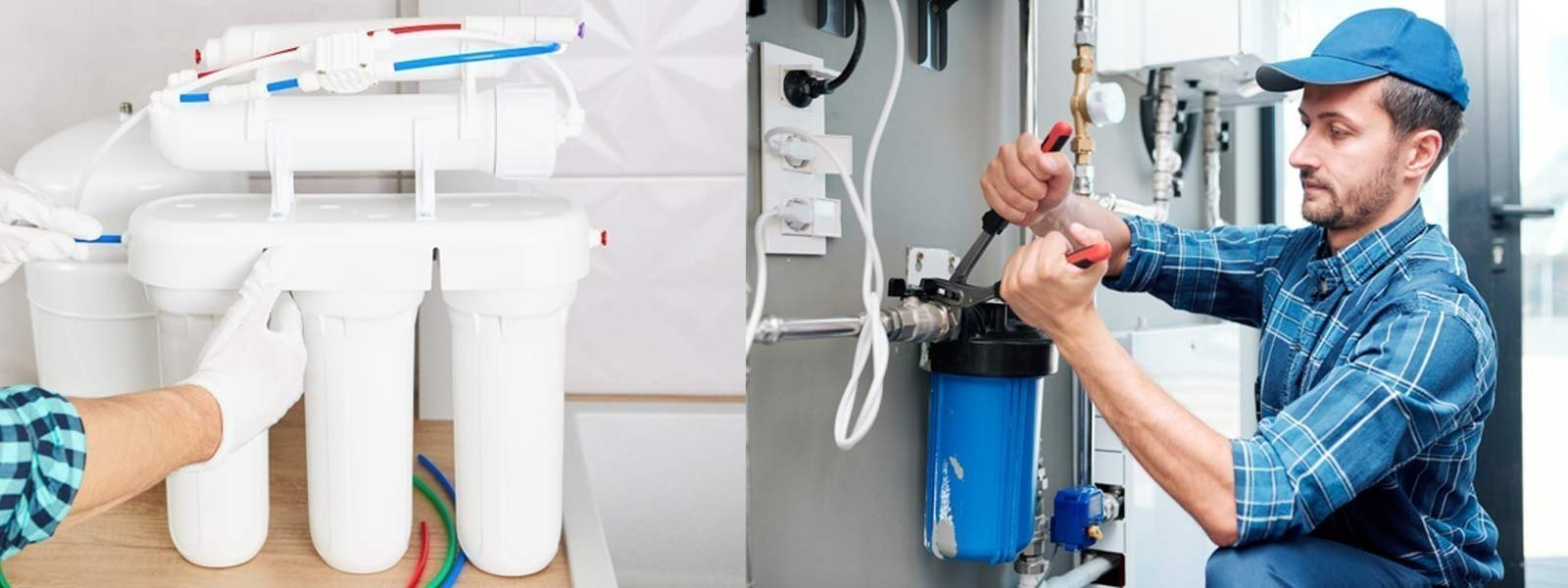
After-sales service is also a key consideration when selecting a water purifier.
Water purifiers are long-term household appliances, and issues may arise during use, such as filter replacement or equipment malfunctions. High-quality after-sales service ensures users receive timely and effective solutions when problems occur. For example, some brands offer free on-site installation services, where professional technicians install the water purifier appropriately based on the household's specific conditions and explain usage methods and precautions to users; after-sales repair responses are swift, with a commitment to on-site repairs within specified timeframes to ensure uninterrupted water supply; Customer service consultation is also crucial, providing timely answers to users' questions and offering thoughtful support. If you choose a brand with poor after-sales service, any issues with the water purifier may lead to difficulties in repairing it or prolonged repair periods, causing significant inconvenience to daily life.
Water is the source of life and is present everywhere in our daily lives, playing a vital role in our health. Tap water today has many potential risks, making water purifiers essential for improving household water quality. They effectively remove impurities, odors, bacteria, viruses, heavy metals, and other harmful substances from water, while also reducing scale buildup, providing us with purer, healthier, and better-tasting drinking water.
Whether you are a renter, part of a large family, or someone with a high standard for water quality, you can find the perfect water purifier among the many options available. When selecting a water purifier, simply avoid common “pitfalls” such as filter cartridges, flow rate, wastewater ratio, brand, and after-sales service, and you can choose a water purifier with excellent cost-effectiveness and performance.
Drinking water health is the deepest care and protection we can offer our families. For the sake of your family's health, boldly press the “water purification button” in your daily life, let the water purifier become the loyal guardian of your household water supply, and infuse your life with an endless supply of health and vitality.
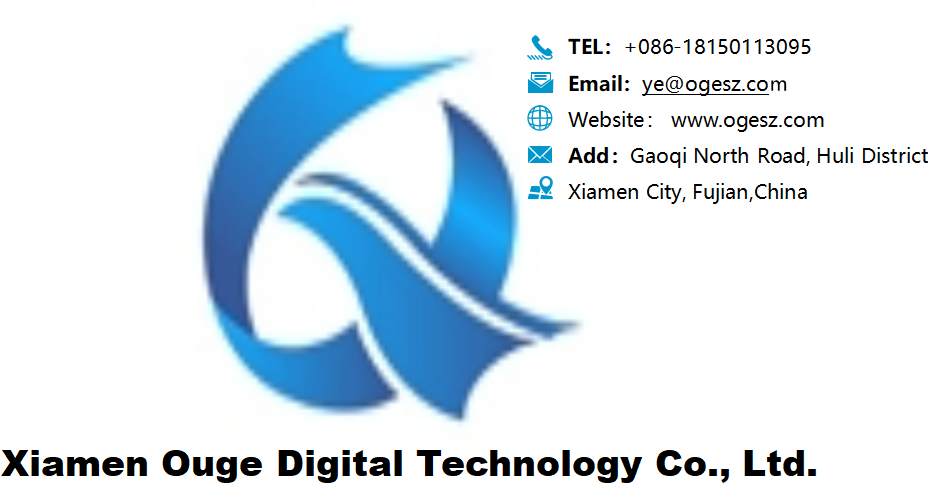
 Reverse Osmosis Technology for Wastewater Treatment: Understanding How RO Systems Operate
Reverse Osmosis Technology for Wastewater Treatment: Understanding How RO Systems Operate
 The “Magic” of Turning Seawater into Freshwater: Unveiling the Core Secrets of Reverse Osmosis Technology
The “Magic” of Turning Seawater into Freshwater: Unveiling the Core Secrets of Reverse Osmosis Technology
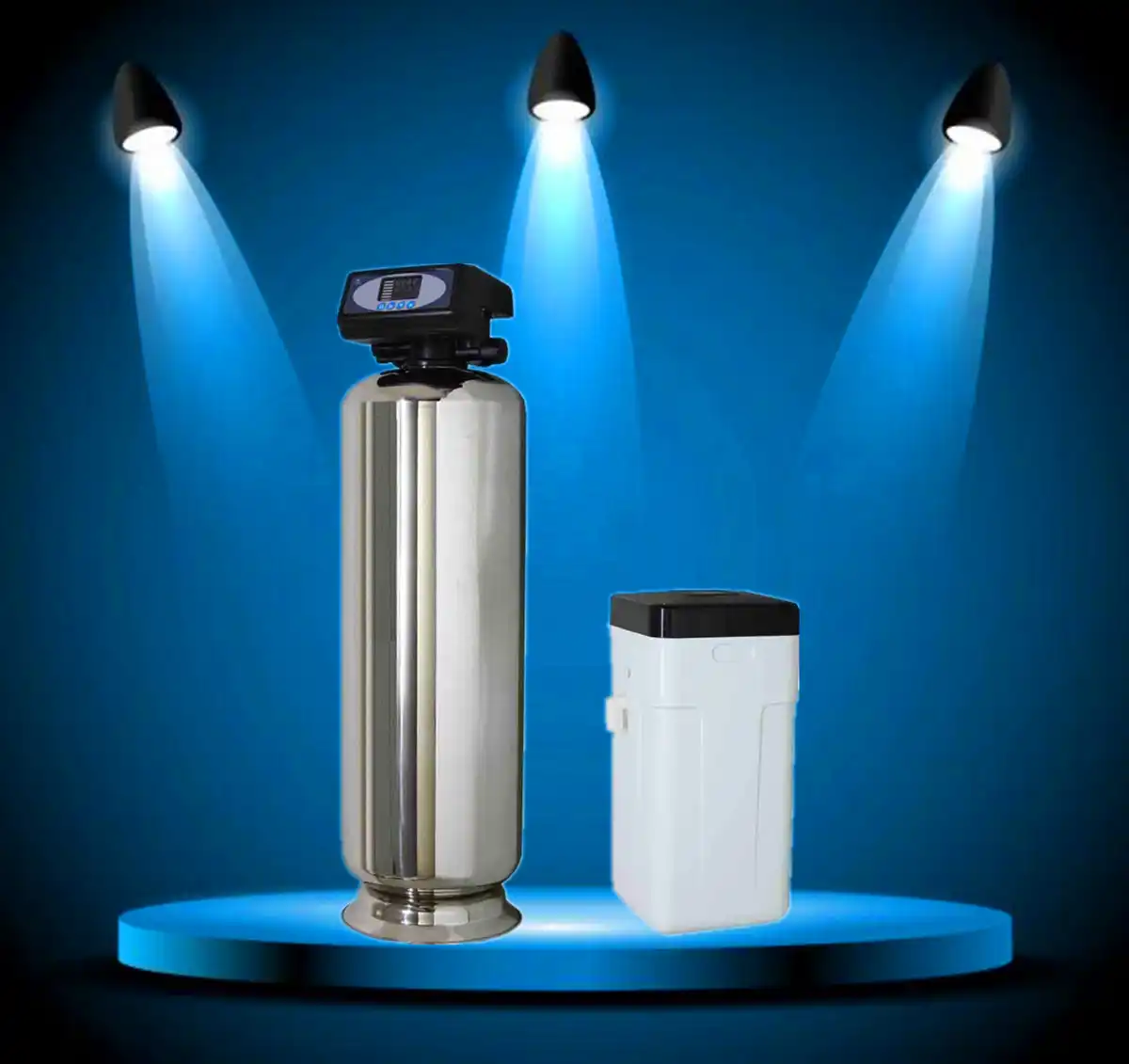 How to Choose Reliable Central Water Filtration and Water Softening Systems? Most People Get It Wrong!
How to Choose Reliable Central Water Filtration and Water Softening Systems? Most People Get It Wrong!
 In rural areas, where groundwater from wells is the primary water source, is it truly necessary to install water purification equipment?
In rural areas, where groundwater from wells is the primary water source, is it truly necessary to install water purification equipment?